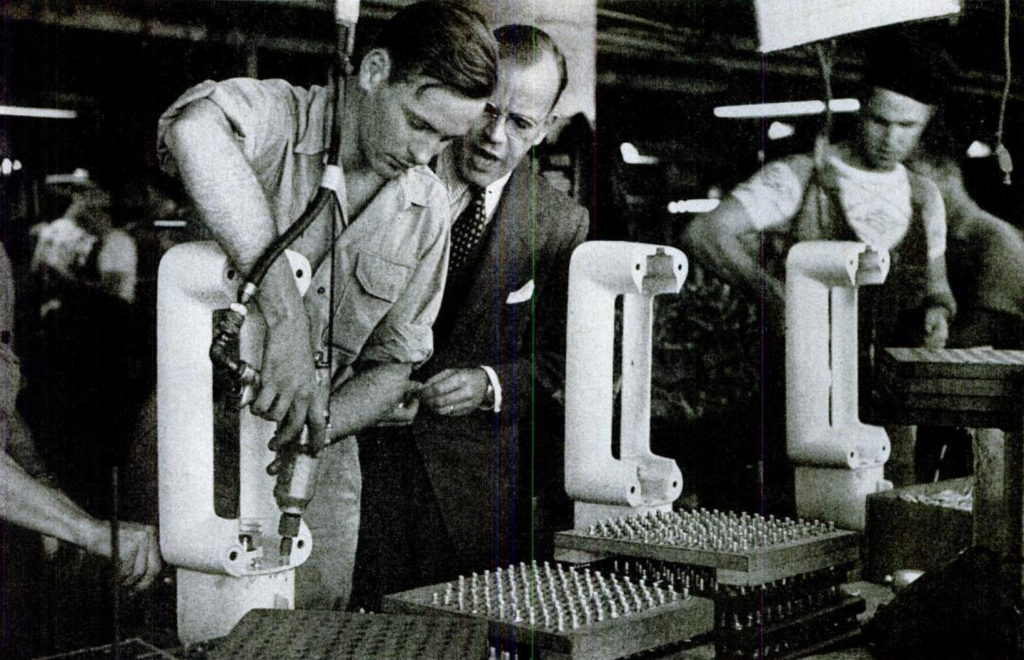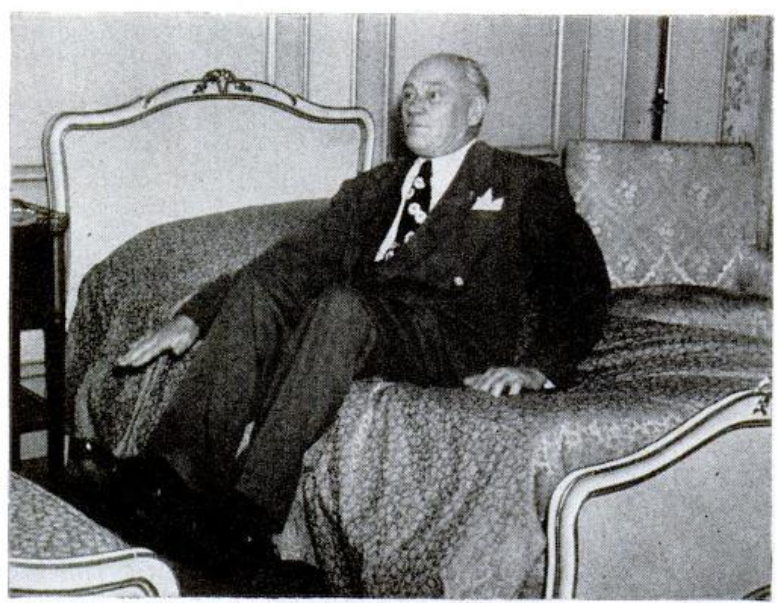The effects of tariffs are becoming increasingly evident in the tech industry. Companies are attempting to relocate operations back to the U.S., but this shift comes at the cost of losing valuable collaboration with key international partners. While tariffs may provide short-term solutions, their long-term consequences can be damaging.
History offers a clear warning: when the Smoot-Hawley Tariff Act was introduced in 1930, it led to a sharp economic downturn and widespread job losses. Additionally, a recent study by the Federal Reserve Bank of New York found that tariffs imposed on Chinese imports have caused a significant decrease in business investment and productivity.
Loss of Global Collaboration
Relocating all operations back to the U.S. presents significant challenges and would require substantial government support. While it may seem like a viable solution, such a move risks sacrificing the global collaboration and innovation fostered through international alliances. The U.S. is undeniably a powerful nation, but its strength lies in its ability to embrace global advancements.
Global cooperation is critical for driving progress and innovation. By pooling knowledge, resources, and expertise, nations can achieve shared goals and address complex global challenges. This is especially true in the fields of science, technology, and medicine. In recent years, we’ve seen remarkable advancements in these areas thanks to international collaborations.
For instance, the Human Genome Project, which mapped the entire human genome, involved researchers from 20 different institutions across six countries. This project could not have been completed without collaboration between nations. The same can be said for the development of vaccines and treatments for diseases like Ebola and Zika virus.
Rather than isolating itself and relying solely on domestic resources, the U.S. must continue to cultivate global partnerships to remain competitive in an increasingly interconnected world economy. This does not mean neglecting domestic industries or overlooking security risks. Instead, it calls for a balanced approach—one that safeguards national interests while embracing the immense potential of international collaboration.
Importance of International Collaboration
As the U.S. navigates the complexities of global trade and diplomacy, it’s crucial for both policymakers and citizens to understand the value of international cooperation in shaping a better world. Global interdependence brings numerous benefits, including broader access to goods and services, technological innovation, and the enrichment of cultural exchange.
Building strong relationships with other nations serves not only economic interests but also enhances global stability. Collaborative efforts foster trust and understanding, making it more likely for countries to resolve disputes peacefully and pursue shared objectives.
Beyond economic and security advantages, international cooperation is essential in addressing global challenges like climate change, poverty, and public health crises. These issues transcend borders and demand collective action. By working together, nations can pool resources, share expertise, and develop effective solutions to tackle these urgent problems.
In an interconnected world, prioritizing international collaboration is key to creating a more prosperous, secure, and sustainable future for all.
Relocating Manufacturing Doesn’t Guarantee Jobs
The U.S. government has emphasized the importance of reshoring manufacturing to create more opportunities for American workers. Historically, many products were outsourced to other countries because they were considered non-strategic and could be produced at lower costs using inexpensive labor. These goods, ranging from large-scale manufactured items to critical components like microchips, were then imported and integrated into U.S. infrastructure.
While bringing manufacturing back to the U.S. may seem like a solution for job creation, it could have unintended consequences—both domestically and globally. Developing nations, which heavily rely on exports to advanced economies like the U.S., could face severe economic setbacks if these opportunities were removed. This could destabilize already fragile economies, exacerbating global inequality.
US Manufacturing Can Be Prohibitively Expensive
Domestically, manufacturing all products in the U.S. would be prohibitively expensive, significantly increasing the cost of production. As a result, American-made goods would become less competitive on the global market, risking economic isolation and hindering growth. This scenario could lead to job losses and a broader economic downturn.
Moreover, simply reshoring manufacturing will not guarantee widespread job creation. Advances in automation and artificial intelligence (AI) have already transformed manufacturing, replacing many traditional labor-intensive roles. In order to drive down costs and remain competitive, U.S. manufacturers would need to leverage these technologies, further reducing the need for manual labor.
Balanced Approach to Production for Quality Jobs
Rather than focusing solely on bringing all manufacturing back to U.S. soil, a more balanced approach is essential—one that combines domestic production with global collaboration. This strategy not only fosters a sustainable and equitable global economy but also allows the U.S. to remain economically competitive.
Additionally, the focus shouldn’t just be on bringing back jobs—it should be on creating quality jobs. Automation has already rendered many low-skill manufacturing roles obsolete. Instead of clinging to outdated job models, investments in education and workforce training are crucial to preparing workers for advanced technical roles in emerging industries. These efforts will empower the workforce to adapt to a rapidly changing economy.
Equally important is prioritizing job quality over quantity. Fair wages, safe working environments, and strong labor protections are vital for building a resilient workforce and ensuring long-term economic stability. By focusing on these principles, we can create meaningful employment opportunities while driving sustainable growth.
The Economic Fallout of Trade Wars
The truth is that global trade is essential in today’s interconnected world. We rely on goods from other nations, and reverting to outdated policies from the 1930s is neither practical nor effective. Trade wars, or a series of retaliatory tariffs and restrictions between countries, have serious impacts on the economy. Here’s why:
Tariffs and Inflation
Tariffs increase the cost of imported goods, making them more expensive for consumers. As a result, domestic companies can hike up prices without fear of competition from cheaper imports. This leads to inflation- an overall increase in the price level of goods and services in the economy.
Reduced Consumer Spending
As prices rise due to tariffs, consumers are left with less disposable income. This means they have less money to spend on other goods and services, resulting in reduced consumer spending. A decrease in consumer spending has a ripple effect throughout the economy- businesses suffer from lower demand, leading to potential layoffs and reduced production. This can also lead to a decrease in economic growth as consumer spending is a major driver of economic activity.
Tariffs Negative Impact on Global Trade
Tariffs not only affect domestic industries but also have a significant impact on global trade. When one country imposes tariffs on imports from another country, it often leads to retaliation and the imposition of tariffs by the affected country. This tit-for-tat approach can result in a trade war and disrupt international trade flows, causing harm to both countries involved and their trading partners.
Disrupted Supply Chains
Many companies rely on imported goods or components for their production processes. Tariffs can disrupt these supply chains, causing delays in production and potentially leading to higher costs for the end consumer. This can also impact businesses that export goods, as they may face retaliatory tariffs from other countries.
Higher Prices for Consumers
Tariffs are often passed on to consumers in the form of higher prices for goods. This is because companies may need to increase their prices to cover the additional costs of importing goods subject to tariffs. As a result, consumers end up paying more for these goods, which can lead to decreased consumer spending and a slower economy overall.
Tariffs Negative Impact on Economic Growth
The imposition of tariffs can have a negative impact on economic growth. When trade between countries is disrupted, it can lead to reduced competition and innovation, which are important drivers of economic growth. Tariffs also lead to higher prices for goods, as mentioned above, which can result in inflation and reduced purchasing power for consumers. This can ultimately lead to slower economic growth.
In addition, the unpredictability and uncertainty surrounding trade policies can cause businesses to hesitate when it comes to making investments or expanding their operations. This hesitation can slow down economic growth and potentially lead to job losses.
Conclusion
In conclusion, while trade policies such as tariffs are often implemented with the intention of protecting domestic industries and promoting economic growth, they can also have negative effects on both the domestic economy and global trade. The use of tariffs should be carefully considered and balanced with other measures to ensure a healthy and stable economy for all parties involved. It is important for governments to work together in finding mutually beneficial solutions to trade issues rather than resorting to protectionist measures that could harm economies in the long run. By understanding the potential impacts of tariffs, policy makers can make more informed decisions that benefit their countries’ economies while also maintaining positive relationships with other nations.
Click here for a post on impact of tariffs on US businesses.








